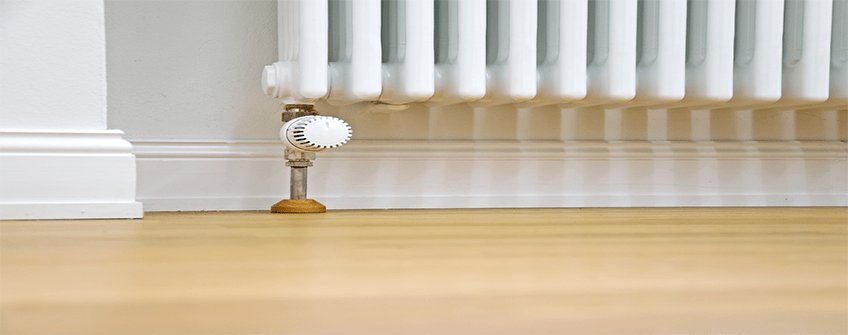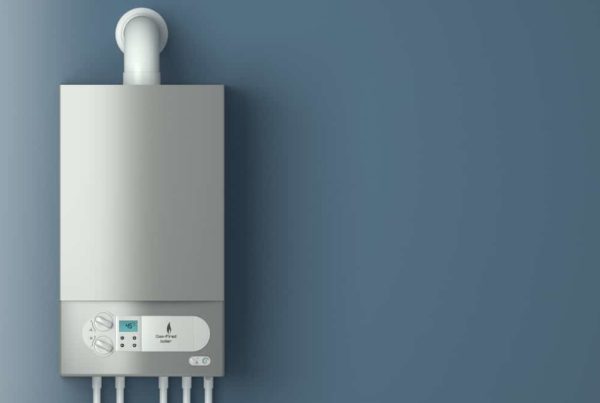Everything might be ok with your home heating system now but don’t let it get to the point when something goes wrong, keep on top of things by regularly maintaining and bleeding radiators in your home.
Ease your mind by getting the know-how on how bleeding radiators can increase your home heating efficiency, cut back on bills and keep everything running smoothly.
The Warning Signs
There are some signs to forewarn you when bleeding radiators should be on the cards. First, when a problem arises and you notice your central heating system is not heating your home efficiently then the need for bleeding radiators must be considered.
What happens is tiny little air bubbles can become trapped in your radiators. This affects the circulation of hot water within them and in turn makes a radiator take longer to heat up and not work at maximum potential. You then end up having your central heating system switched on for longer and this all adds up to costs on your bill.
How To Bleed A Radiator
There are several steps to bleeding radiators which we’ve outlined below in simple bullet points so that you can do it yourself.
- The first step is checking whether or not your radiators need to bled while the central heating system is warmed up. Start by checking the radiators in your house for cold spots. If the radiator is warm in parts but cold in others then your radiator needs to be bled.
- Do not attempt the process of bleeding radiators when the central heating system is switched on. Our second step is to switch your central heating system off and let the radiators cool down before you do anything. This is to prevent boiling water from leaking out while bleeding radiators.
- Gather some towels, maybe even a basin and a radiator key together.
- Place the towels underneath your radiator to soak up spills.
- Locate the square bleed screw at the top corner of your radiator and do this with a towel or cloth along with. Open it with the radiator key by turning the key anti clockwise.
- As you do this you will hear a hissing noise. This is the trapped air being released. Once water spills from the square bleed valve this is the sign all air has been released.
- Clean up all the spills and retighten the square bleed valve. Turn back on the central heating system and wait for the radiators to reheat.
- Repeat Step 1 to check all is well. You may need to bleed a radiator twice but if the problem persists then you can contact us for assistance.
And there you have it. You are now equipped with the knowledge of the signs bleeding radiators in your home may be necessary and how to do this by yourself.
Gas Safe is located at 12A Nutgrove Enterprise Park, Nutgrove Way, Rathfarnham in Dublin 14. To contact us with any heating and plumbing concerns you may have we’re only a phone call or an email away. Simply call us on (01) 5367634 or drop us a line at info@gassafe.ie and a member of our team will get back to you as soon as possible.





